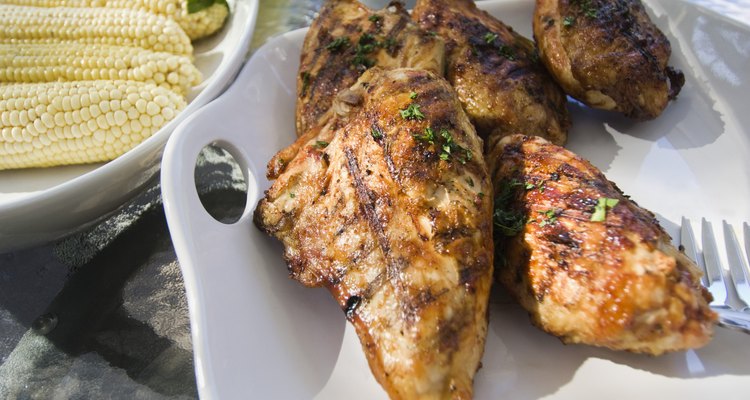
Creatas Images/Creatas/Getty Images
The Harcombe diet was developed by Zoë Harcombe, a professional expert and author of the book "Why Do You Overeat?" The diet is divided into three phases and its main objective is to eliminate food cravings. The first phase lasts five days and can help you jump-start your weight loss, while the second phase allows steady weight loss and the third phase allows lifetime weight maintenance with occasional treats. The Harcombe diet promotes the consumption of real foods, whether it is unprocessed carbohydrates or fats, but not at the same meal. Carb-based meals include brown rice, rice pasta, oats, legumes or fruits, while fat-based meals include fish, poultry, meat, eggs and cheese.
Brown Rice and Rice Pasta
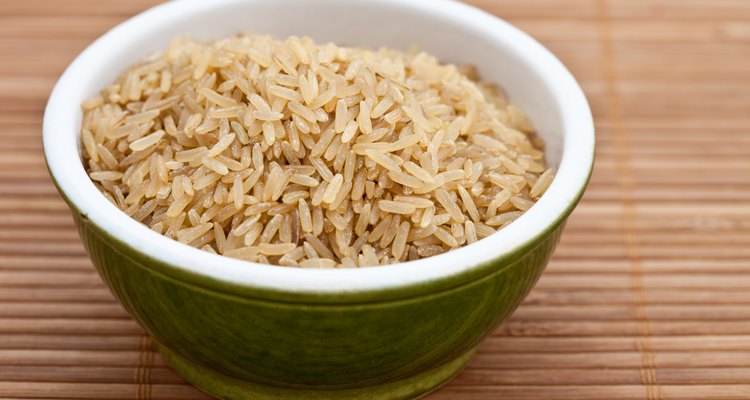
Robert Anthony/iStock/Getty Images
The Harcombe diet allows you to eat brown rice or rice pasta at a carb meal. You can have up to 50 grams of brown rice a day during the first phase. The serving can be increased to up to 100 grams during phases two and three. These quantities should be measured dry before cooking.
Olive Oil

mythja/iStock/Getty Images
Olive oil can be included at every meal on the Harcombe diet, whether it is a fat-based or carb-based meal, either for cooking or as a dressing or vinaigrette. Olive oil is a healthy fat, rich in heart-protective monounsaturated fat.
Porridge Oats

Elena Elisseeva/iStock/Getty Images
Oats are the only other grain allowed at a carb-based meal on the Harcombe diet. Serve oats as a porridge, prepared with milk or water. Up to 75 grams of plain oat flakes, measured dry, can be eaten a day. Old-fashioned oat flakes or steel cut oats are ideal.
Poultry, Fish, Meat and Eggs

Brent Hofacker/iStock/Getty Images
Unprocessed sources of animal protein constitute tasty food options on the Harcombe diet. You can eat lean meat, fish, chicken, turkey, pork or eggs to get the protein your body needs. These foods can be consumed at a fat-based meal only and cannot be eaten at the same time as carbohydrates. Vegetarian protein such as tofu, represents another option that can be consumed as either a carb-based or fat-based meal.
Salad and Vegetables
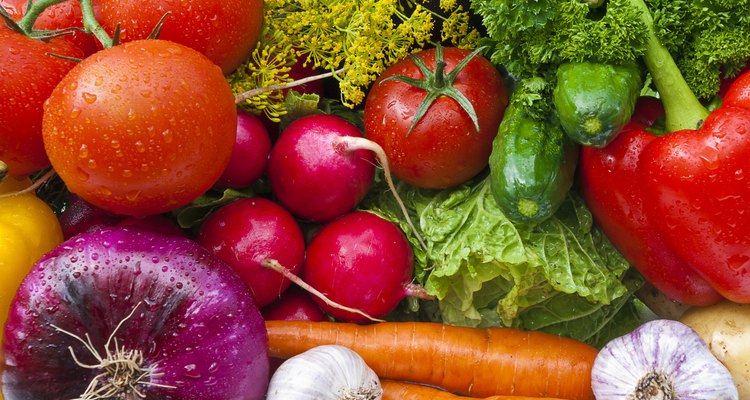
Olga Bosnak/iStock/Getty Images
With the exception of potatoes and mushrooms, you can include unlimited quantities of any vegetable you like at any of your meals, whether it is based on carbs or fats. Vegetables are an excellent source of satiating fiber and health-promoting antioxidants, vitamins and minerals, so they will help you stay full between meals and provide nutrients your body needs. Mushrooms are not allowed because they can promote candida overgrowth, and potatoes are considered a carb, not a vegetable.
Red Wine

Rayes/Photodisc/Getty Images
After the first phase, the Harcombe diet allows the inclusion of an alcoholic drink from time to time. Ideally, you should choose red wine and have no more than a glass with your meal, and not on an empty stomach.
Dark Chocolate
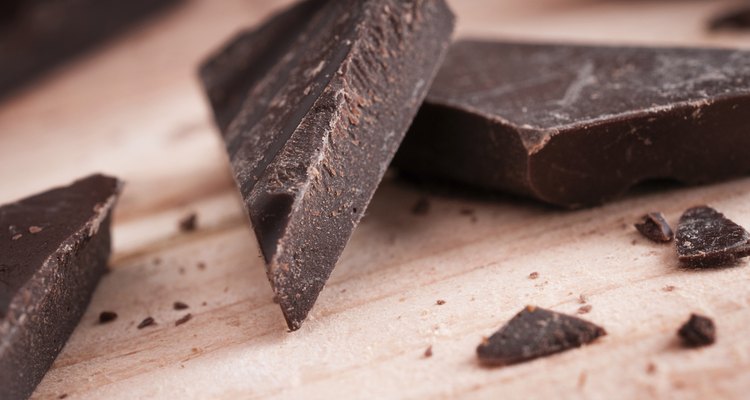
Artëm Barinov Photography/iStock/Getty Images
Chocolate is allowed during the second and third phase of the Harcombe diet, but you should select only one to two squares of dark chocolate containing at least 70 percent percent cocoa. You can have dark chocolate as a snack or at the end of a fat-based meal.
Related Articles
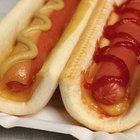
Kaiser Hotdog Diet
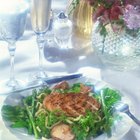
High Fiber & Protein Diet Menus

How Much Vegetables Per Day Can I Have ...
When to Eat & Exercise With P90X

2500 Calorie Menu

The Samurai Diet
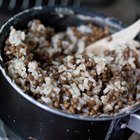
Rice & Lentil Diet
El Toro Nutrition
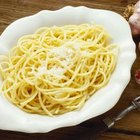
Foods to Avoid With High Carbs
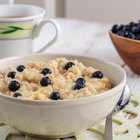
Oatmeal & Full Liquid Diet
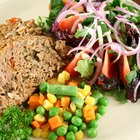
How to Plan a Meatloaf Menu
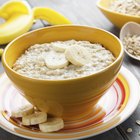
The Porridge Diet
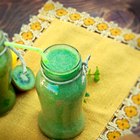
How to Replace Starchy Carbs With ...
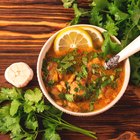
How to Plan a Traditional Jewish ...
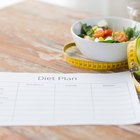
Breakfast on the Soup Diet

A List of Foods That Contain Choline

Traditional French Easter Food
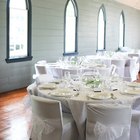
How to Figure How Much Food for a ...

Description of Spanish Foods

A Daily Meal Plan With Protein, Grains, ...
References
Writer Bio
Aglaee Jacob is a registered dietitian. She has experience working with people who have diabetes, cardiovascular disease, hypertension and obesity issues. Jacob obtained a bachelor of science and a master of science, both in nutrition, from Laval University in Quebec City, Canada.
Photo Credits
Creatas Images/Creatas/Getty Images